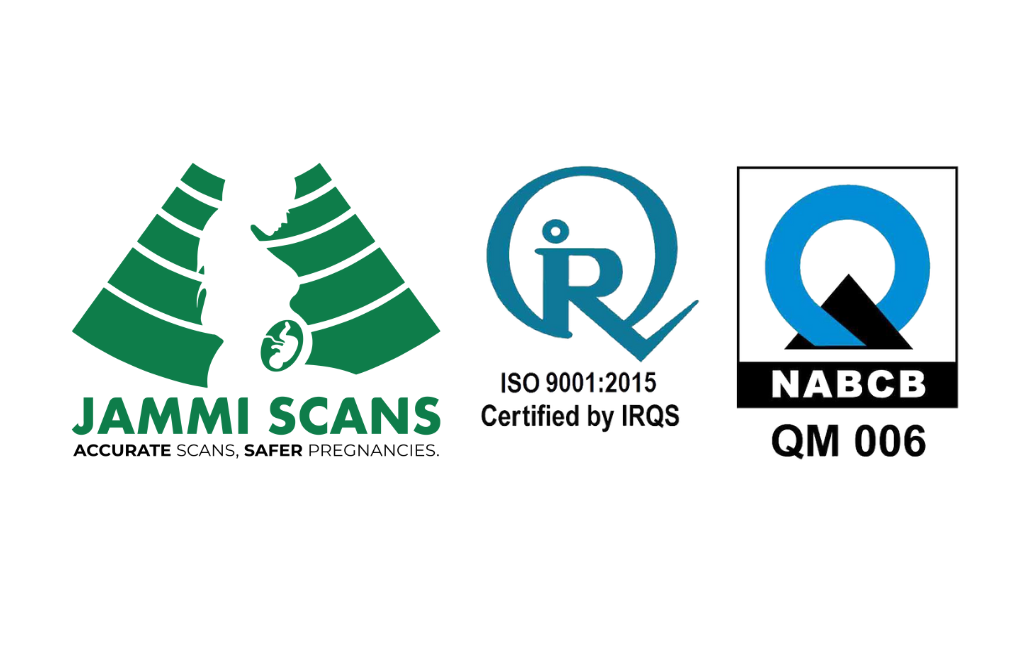If you’re trying to conceive, understanding your menstrual cycle and identifying your fertile days to get pregnant can increase your chances.
Fertility refers to the ability to conceive and give birth to a child, and it is influenced by a range of factors, including age, health, genetics, and lifestyle.
Knowing your fertile days is important because it helps you to identify the best time to have intercourse for conception.
In this blog, we will discuss the menstrual cycle, and how to track your fertile days. We will also debunk common fertility myths and provide some final thoughts and takeaway messages.
By the end of this blog, you’ll have a better understanding of what fertile days are and how to increase your chances of getting pregnant.
Table of Contents
ToggleUnderstanding the importance of the Menstrual Cycle and Ovulation in fertility
The menstrual cycle and ovulation are crucial in fertility because they determine when a woman is most likely to conceive. Ovulation is the release of an egg from the ovary, and it typically occurs around day 14 of a 28-day menstrual cycle.
This is the most fertile time in the menstrual cycle, as the egg can be fertilized by sperm for up to 24 hours after ovulation. If fertilization occurs, the egg will implant in the uterus, and pregnancy will begin.
It’s important to note that not all women have regular menstrual cycles, and some may experience irregular or absent ovulation.
Additionally, age, health, genetics, and lifestyle factors can also affect fertility and the timing of ovulation. Seeking medical advice is always the first-best step in your pregnancy journey.
How to track your fertile days?
Your chances of becoming pregnant can rise if you keep track of your fertile days. Here are some tips for tracking your fertile days:
1. Keep a menstrual calendar:
This can help you track the length of your menstrual cycle and estimate when your next period is due.
2. Monitor your basal body temperature:
Take your temperature every morning before getting out of bed to identify a temperature rise that occurs after ovulation.
3. Check your cervical mucus:
Changes in cervical mucus can indicate ovulation. When you are most fertile, your cervical mucus will be clear, slippery, and stretchy, like egg whites.
4. Use ovulation predictor kits:
These kits test for the presence of the luteinizing hormone (LH) in urine, which surges just before ovulation.
5. Download a fertility tracking app:
There are several apps available that can help you track your menstrual cycle and predict your fertile days based on data such as your basal body temperature and cervical mucus changes.
Fertile Days to Get Pregnant
1. Can you get pregnant before ovulation?
It is unlikely but possible to get pregnant before ovulation. Sperm can survive in the female reproductive system for up to five days, so having intercourse up to five days before ovulation can result in pregnancy.
Yet, the chances of getting pregnant are highest during the fertile window, which includes the days leading up to and including ovulation.
2. Can I get pregnant after ovulation?
It is possible but less likely to get pregnant after ovulation. The egg only survives for about 24 hours after ovulation, and once it dies, it cannot be fertilized.
However, sperm can survive inside the female reproductive system for up to five days, so having intercourse in the days leading up to ovulation can result in pregnancy even if ovulation has already occurred.
3. How many days after a period are you fertile?
The number of days after a period that someone is fertile can vary, but typically the fertile window occurs about 10-14 days after the start of the last menstrual period.
This is because ovulation typically occurs around day 14 of a 28-day menstrual cycle, but can vary depending on the length of the cycle and other factors.
4. What are the three most fertile days?
The three most fertile days to get pregnant are the two days leading up to ovulation and the day of ovulation itself.
This is because the released egg only survives for about 24 hours, but sperm can survive in the female reproductive system for up to five days.
5. How do I know I am in my fertile days?
You can determine if you are on your fertile days by tracking your menstrual cycle, monitoring your basal body temperature, observing changes in cervical mucus, and using ovulation predictor kits.
The fertile window includes the two days leading up to ovulation and the day of ovulation itself. Having regular, unprotected intercourse during this time increases the chances of fertilization and conception.
Final thoughts about the fertile days and takeaway messages from Jammi Scans
Understanding your fertile window is crucial if you are trying to conceive. However, it’s important to remember that fertility can be affected by various factors, and seeking professional medical advice from experts such as Jammi Scans is essential if you are having difficulty conceiving.
Remember, knowledge is power, and understanding your body’s natural rhythms can help you increase your chances of conceiving and having a healthy pregnancy.
Chennai Women’s Clinic is now Jammi Scans
Deepthi
Dr. Deepthi Jammi (Director, Jammi Scans) is a qualified OB/GYN and Post-Doc in Maternal Fetal Medicine. As a pregnancy ultrasound expert, she is passionate about healthy pregnancies and works towards spreading awareness on the latest diagnostic options available for parents to choose from. Dr.Deepthi has received gold medals and awards in Fetal Medicine at international and national conferences, and has appeared in numerous prestigious regional magazines and TV interviews.












